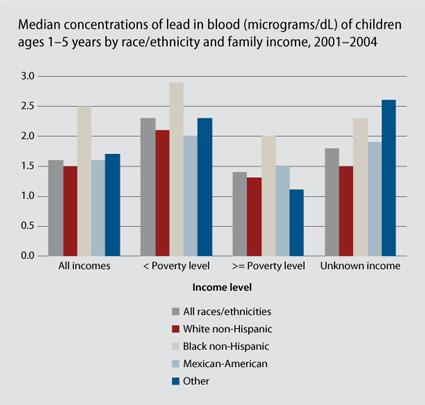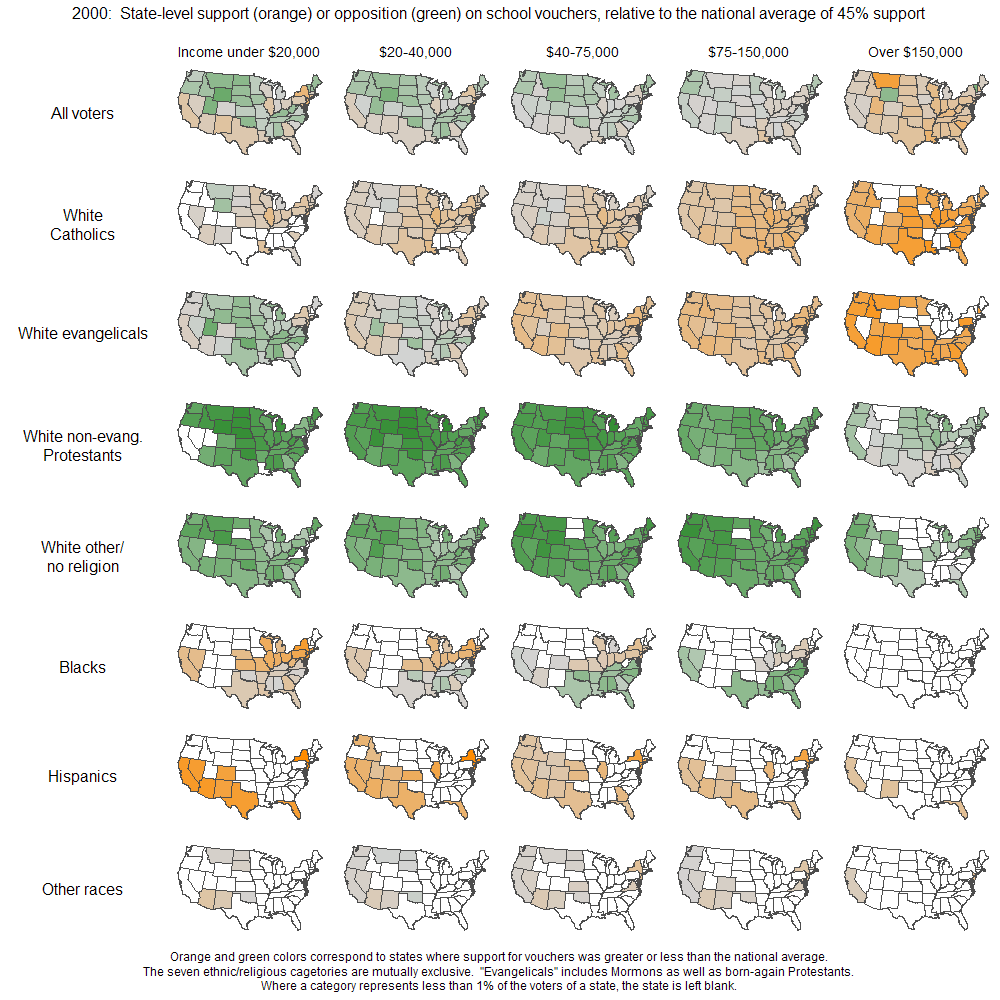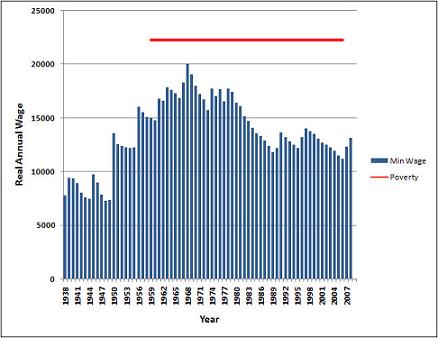Hans Rosling illustrates the change in the percentage, but not the number, of people living in extreme poverty:
Found at GapMinder.
Lisa Wade, PhD is an Associate Professor at Tulane University. She is the author of American Hookup, a book about college sexual culture; a textbook about gender; and a forthcoming introductory text: Terrible Magnificent Sociology. You can follow her on Twitter and Instagram.








